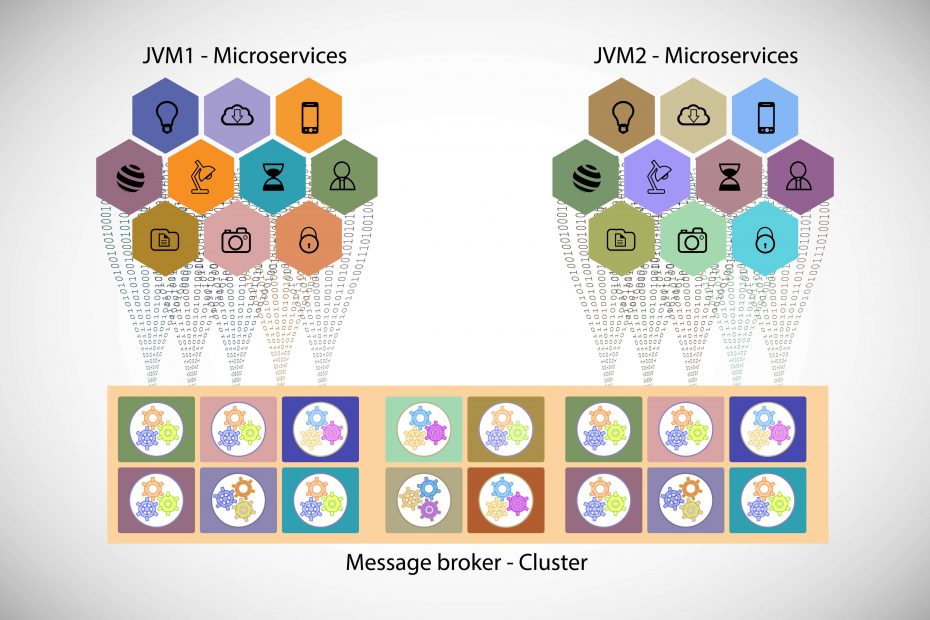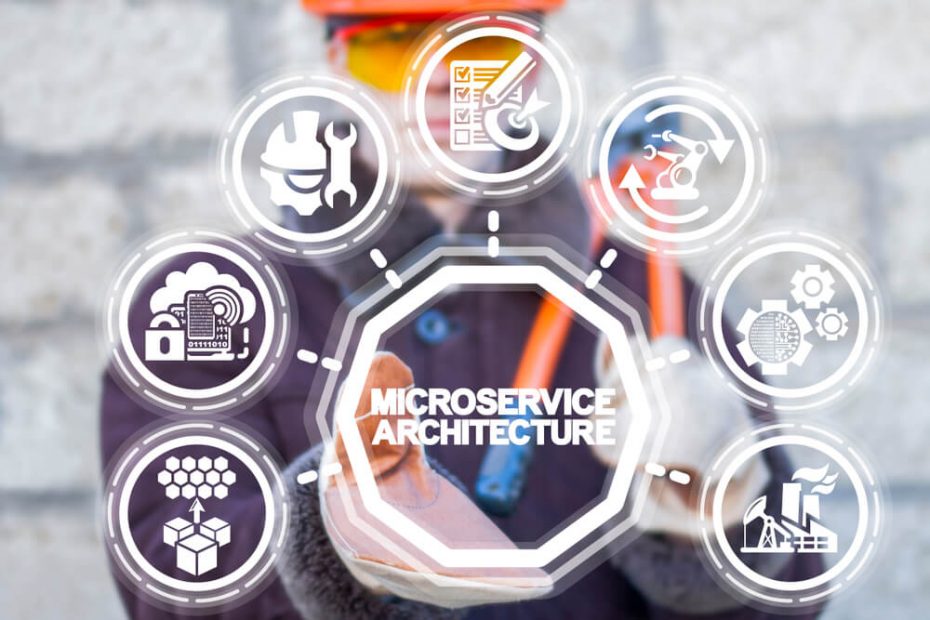Microservices Software Security Best Practices
The application development industry saw a mass adoption of microservices. This lead to certain risks, but the security testing lagged behind and could not keep up with the pace of the microservices affectation to address the vulnerabilities it posed the developers. The engineers and architects have to solve the security issues of the microservices at the software development life cycle… Continue readingMicroservices Software Security Best Practices





